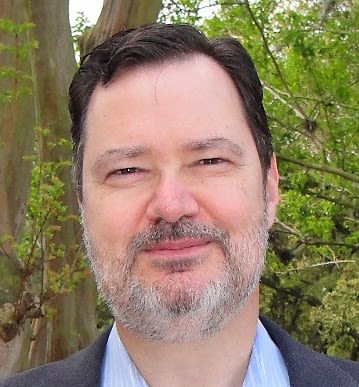Richard Willson: Engineering Approaches to Problems with a Biological Flavor

Richard Willson, Ph.D., has a strong sense of legacy when it comes to chemistry. When asked what initially drew him to chemical engineering and led him on the path to becoming a Huffington-Woestemeyer Professor of chemical engineering and biology at the University of Houston, he explains that his family tree, "goes back a fair number of generations," holding many chemists, chemical engineers and brewers. He remembers childhood trips to his father's lab piquing his interest in having one of his own one day.
Now that he has one, he describes it as "a lot of fun." He also asserts that Houston is the ideal place to have a lab like his. "Houston is a great center of biomedical research,” said Willson. “If you are a chemical engineer interested in biomedical problems, the University of Houston is a great place to be."
In his lab, he works on purifying, detecting and measuring "for purposes of pharmaceutical manufacturing, process control and for medical diagnostics." He describes this work in more general terms as "engineering approaches to problems with a biological flavor," and he finds it meaningful because it focuses on bettering the health of fellow human beings.
His sense of legacy doesn't just pertain to his family. He takes great pride in the work his students have done after they've graduated and left his lab. For example, two of his doctoral students developed an extremely sensitive FDA-approved diagnostic for Covid-19 and started a company called ClipHealth. The idea for this technology sparked from a glowing star Willson took off of the ceiling of his young daughter's room and brought into work for the students.
Willson asserts that innovation like this requires two important ingredients. The first is balancing caution with risk-taking. He advises his students, "Look at the data. Look very carefully at the data and be certain that what you are saying about it is supported by what you really know for sure. This adds up to doing a lot of control experiments and a lot of replication. On the other hand, be bold. When the cost of failure is low, be extremely bold and take outrageous exploratory risks. This is the way innovation happens."
The second essential ingredient is generous funding. He notes that the work they do is expensive, and he expresses his gratitude for the support his work has received: "I am deeply grateful that there are organizations out there that give us funding to pursue our own ideas and visions."
Despite the risks and the cost, Willson's enthusiasm about his work is unfaltering: "It's like being an artist without the starving part, and I think it's the best job in the world."
